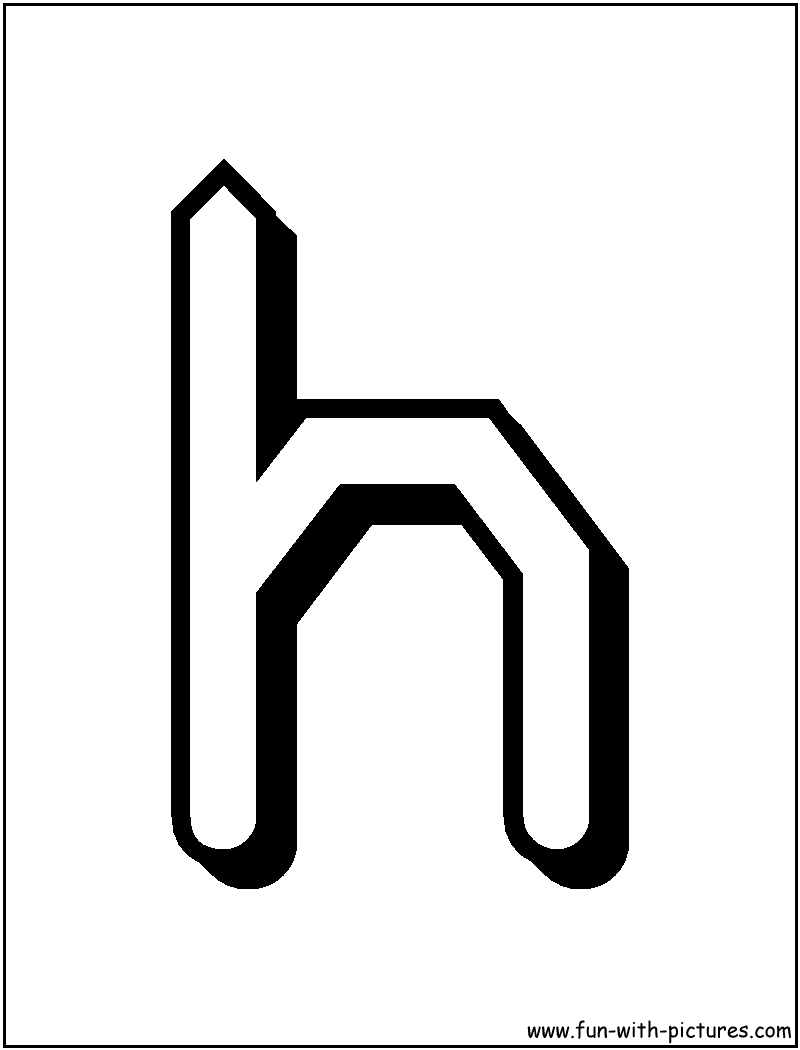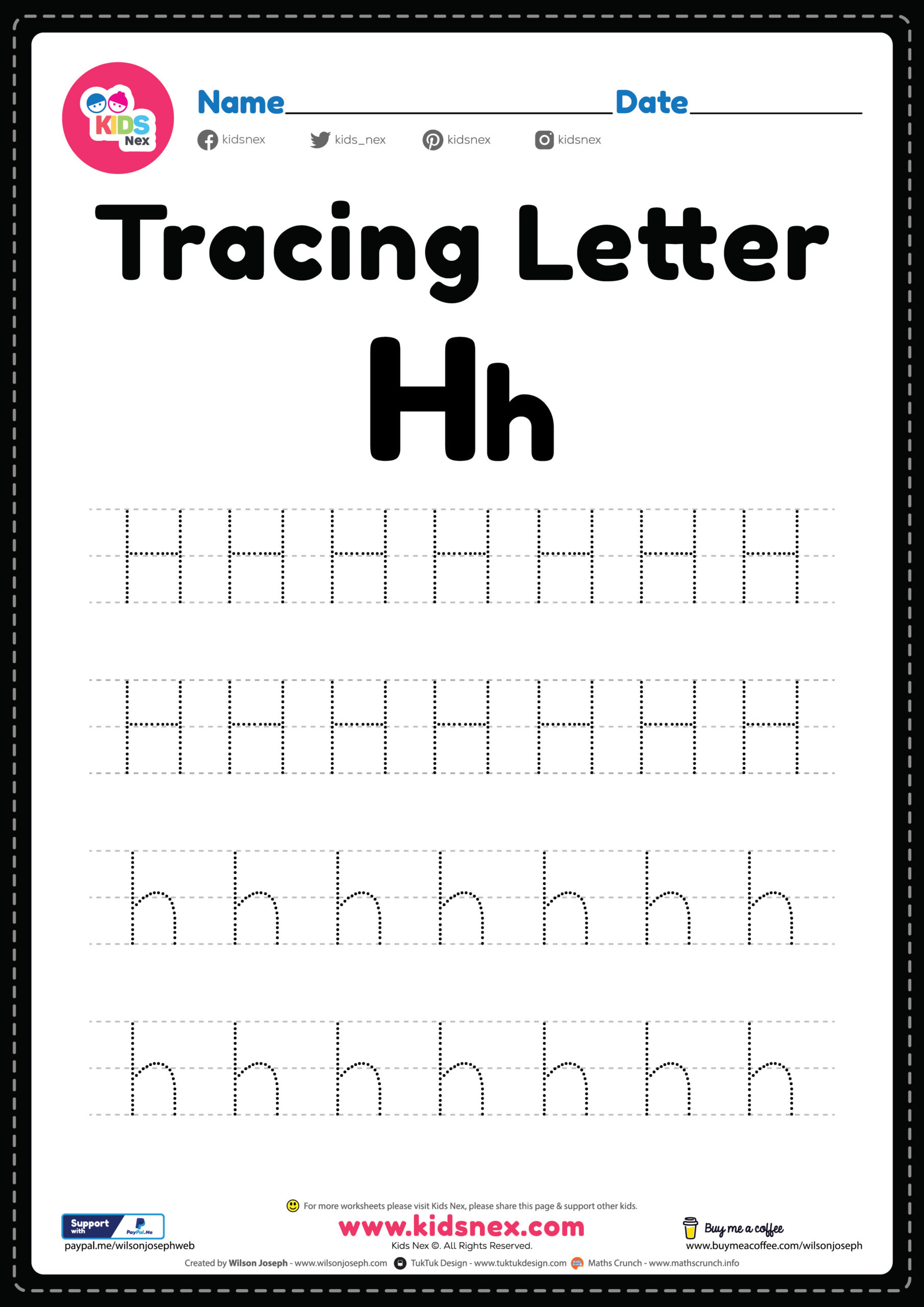Table Of Content

The gas, however, was confused with other flammable gases, such as hydrocarbons and carbon monoxide. In 1766 Henry Cavendish, English chemist and physicist, showed that hydrogen, then called flammable air, phlogiston, or the flammable principle, was distinct from other combustible gases because of its density and the amount of it that evolved from a given amount of acid and metal. In 1781 Cavendish confirmed previous observations that water was formed when hydrogen was burned, and Antoine-Laurent Lavoisier, the father of modern chemistry, coined the French word hydrogène from which the English form is derived. In 1929 Karl Friedrich Bonhoeffer, a German physical chemist, and Paul Harteck, an Austrian chemist, on the basis of earlier theoretical work, showed that ordinary hydrogen is a mixture of two kinds of molecules, ortho-hydrogen and para-hydrogen. Because of the simple structure of hydrogen, its properties can be theoretically calculated relatively easily.
Meaning of H, h in English
Some languages, including Czech, Slovak, Hungarian, Finnish, and Estonian use ⟨h⟩ as a breathy voiced glottal fricative [ɦ], often as an allophone of otherwise voiceless /h/ in a voiced environment. Many metals such as zirconium undergo a similar reaction with water leading to the production of hydrogen. Hydrogen-lifted airships were used as observation platforms and bombers during the war. The letter H/h (like F/f, and O/o representing [o], [oː] instead of [uə̯]) is found only in words of foreign origin (borrowings).
A Brief History Of The Letter H
Thus, in the Old Italic alphabets, the letter Heta of the Euboean alphabet was adopted with its original sound value /h/. Essentially pure para-hydrogen can be produced by bringing the mixture into contact with charcoal at the temperature of liquid hydrogen; this converts all the ortho-hydrogen into para-hydrogen. The ortho-hydrogen, on the other hand, cannot be prepared directly from the mixture because the concentration of para-hydrogen is never less than 25 percent. A more accurate description of the hydrogen atom comes from a purely quantum mechanical treatment that uses the Schrödinger equation, Dirac equation or Feynman path integral formulation to calculate the probability density of the electron around the proton.[31] The most complicated treatments allow for the small effects of special relativity and vacuum polarization.
Role in quantum theory
During the standardization of Basque in the 1970s, the compromise was reached that h would be accepted if it were the first consonant in a syllable. Hence, herri ("people") and etorri ("to come") were accepted instead of erri (Biscayan) and ethorri (Souletin). For the dialects lacking the aspiration, this meant a complication added to the standardized spelling.
See the Silesian language article on Wikipedia for more, and h for development of the glyph itself. In Irish, ⟨h⟩ is not considered an independent letter, except for a very few non-native words, however ⟨h⟩ placed after a consonant is known as a "séimhiú" and indicates lenition of that consonant; ⟨h⟩ began to replace the original form of a séimhiú, a dot placed above the consonant, after the introduction of typewriters. Its most important uses are in the digraphs 'ch' /k/ and 'gh' /ɡ/, as well as to differentiate the spellings of certain short words that are homophones, for example some present tense forms of the verb avere ('to have') (such as hanno, 'they have', vs. anno, 'year'), and in short interjections (oh, ehi).
The two forms may, however, interconvert under certain conditions. Equilibrium between the two forms can be established in several ways. One of these is by the introduction of catalysts (such as activated charcoal or various paramagnetic substances); another method is to apply an electrical discharge to the gas or to heat it to a high temperature. In Spanish and Portuguese, ⟨h⟩ is a silent letter with no pronunciation, as in hijo [ˈixo] ('son') and húngaro [ˈũɡaɾu] ('Hungarian'). In words where the ⟨h⟩ is derived from a Latin /f/, it is still sometimes pronounced with the value [h] in some regions of Andalusia, Extremadura, Canarias, Cantabria, and the Americas. Some words beginning with [je] or [we], such as hielo, 'ice' and huevo, 'egg', were given an initial ⟨h⟩ to avoid confusion between their initial semivowels and the consonants ⟨j⟩ and ⟨v⟩.
The original Semitic letter Heth most likely represented the voiceless pharyngeal fricative (ħ). The first non-stop transatlantic crossing was made by the British airship R34 in 1919. Regular passenger service resumed in the 1920s and the discovery of helium reserves in the United States promised increased safety, but the U.S. government refused to sell the gas for this purpose. Therefore, H2 was used in the Hindenburg airship, which was destroyed in a midair fire over New Jersey on 6 May 1937.[8] The incident was broadcast live on radio and filmed.
Phoebe H. Curran, 87, of Massena - WWNY
Phoebe H. Curran, 87, of Massena.
Posted: Thu, 02 May 2024 20:15:00 GMT [source]
In the quantum mechanical treatment, the electron in a ground state hydrogen atom has no angular momentum at all—illustrating how the "planetary orbit" differs from electron motion. In the early Greek alphabets a form with three horizontal bars and the simpler form H were both widely distributed. In Etruscan the prevailing form was similar to the early Greek form, and the same or a similar form occurs in very early Latin inscriptions, but the form H came into general use in Latin, either from the Chalcidic Greek alphabet of Cumae or from some other source. The cursive Latin form resembled a stylized version of the modern minuscule h, as did the uncial form.

Letter

Both of these forms result from writing the letter without taking the pen from the paper, the right-hand vertical bar being thus foreshortened and the horizontal stroke rounded. From these came the Carolingian form as well as the modern minuscule h. It consists of two protons and two electrons held together by electrostatic forces. Like atomic hydrogen, the assemblage can exist in a number of energy levels. Hydrogen is transparent to visible light, to infrared light, and to ultraviolet light to wavelengths below 1800 Å. Because its molecular weight is lower than that of any other gas, its molecules have a velocity higher than those of any other gas at a given temperature and it diffuses faster than any other gas.
See the history of Polish orthography article on Wikipedia for more, and h for development of the glyph itself. See the Kashubian alphabet article on Wikipedia for more, and h for development of the glyph itself. In Basque, during the 20th century it was not used in the orthography of the Basque dialects in Spain but it marked an aspiration in the North-Eastern dialects.
It was accordingly put to a new use to indicate the open long e which had arisen through alteration of the primitive Greek long a. In a few inscriptions from Thera, Naxos, and several other localities the letter was used with syllabic value; that is, it included he, thus showing its old consonantal and its new vocalic value at the same time. Eventually, as a result of the spread of the Ionic alphabet, its use for the long vowel e or η became general throughout Greece, while its consonantal value as the aspirate h passed from the western Greek alphabets into the Etruscan alphabets and then into the Latin and other alphabets of ancient Italy. In the Romance languages the sound has largely disappeared, but the letter is still extensively used, partly with only etymological value, (e.g., French homme), partly with fancied etymological value (e.g., French haut from Latin altus, with h through the influence of hoh, the Old High German word of the same meaning), partly with special orthographical functions.
For example, in Italian h is used in combination with c or g to indicate the hard sound before a front vowel (e.g., chi, ghetto). The Greek Eta 'Η' in archaic Greek alphabets, before coming to represent a long vowel, /ɛː/, still represented a similar sound, the voiceless glottal fricative /h/. In this context, the letter eta is also known as Heta to underline this fact.

No comments:
Post a Comment